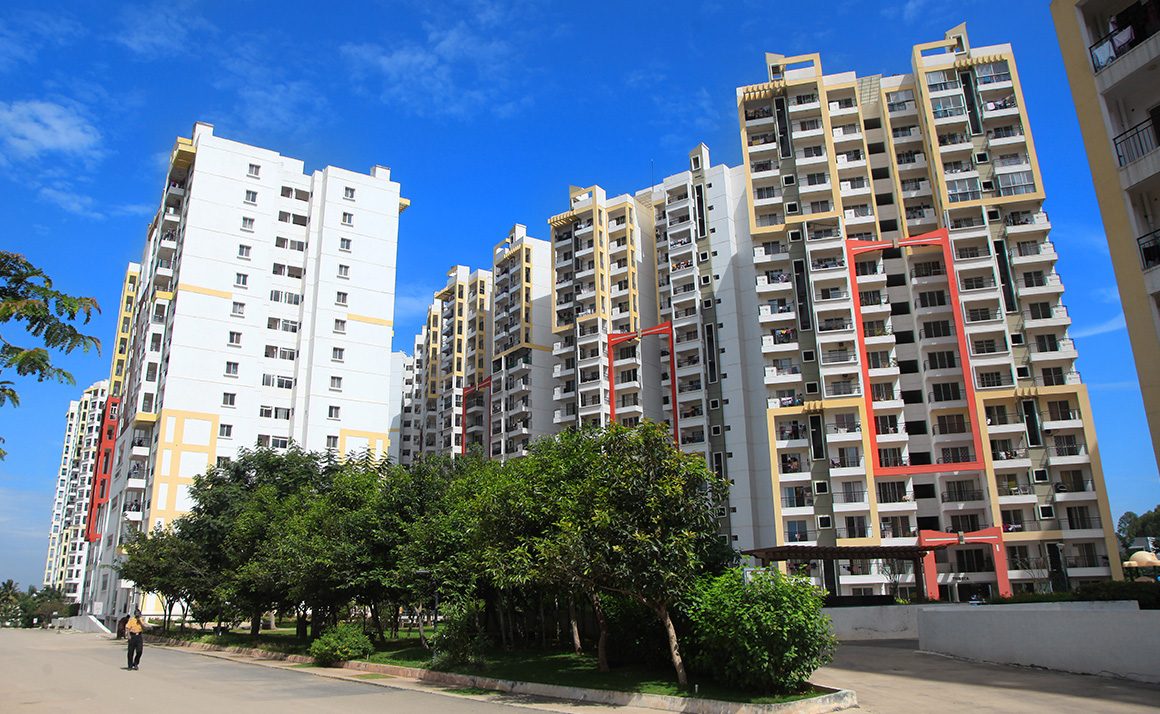
India’s rental housing unleashed
India has a huge need for affordable rental housing and new government programmes may unlock this pent-up demand for real estate investors.
The nation’s most significant challenge is providing decent housing for lower income groups, especially the migrant workers who are fuelling India’s urbanisation and much of its growth. India’s urban population is predicted to triple between 1991 and 2030, with more than 300m people moving to cities over this period. The Indian census of 2011 found more than 27m households in rented accommodation, most of whom lived in urban areas, however this number has grown substantially since then.
Lower income workers make up 80% of India’s rental housing demand, however high land costs in cities have made attempts to decently house these workers at an acceptable rent ineffective. Now, however, new government initiatives may open up the market for investment and allow private companies to meet demand.
Arvind Nandan, head of research and consultancy at Savills India, says: “India is making an earnest attempt to bridge the shortfall of housing units across the country, while simultaneously addressing the core issues such as affordability and the quality of life of weaker sections of society.”
Nandan describes the recently released Operational Guidelines on Affordable Rental Housing Complexes (ARHC) as “a long-awaited giant leap in the right direction”. The guidelines promote two alternative models to encourage the provision of more rental housing.

M1: Vacant government housing complexes will be acquired on 25-year leases by investors who will refurbish and operate them. Nandan estimates 100,000 units are available for this method.
M2: Opens up a number of concessions to encourage the development of affordable housing. These include Technology Innovation Grants for innovative and sustainable development, an extra 50% of allowable floor area ratio and a number of tax concessions.
Nandan estimates that projects under the M1 model could generate a 20% internal rate of return and see investors recoup their initial investment after 6-8 years, which would make it attractive to developers and longer-term investors.
The M2 model can be used to create new housing projects, but comes up against the same barrier as previous attempts to solve India’s housing problem, the high cost of land. Nandan estimates that in Bengaluru, for example, the only land parcels viable for M2 development lie 20-30km from the CBD. “This will defeat the purpose of creating rental housing for urban poor and migrants closer to their work,” says Nandan.
Nandan argues that public entities will need to make land available at below current market value for affordable housing projects in order for them to generate profits and therefore become viable for investors and developers.
The returns on offer will be relatively low, but secure. “Overseas real estate investors with a relatively lower risk appetite and stable return expectations might want to enter the untapped residential rental market of the country through these models,” says Nandan.
In the future, residential real estate investment trusts might be developed, subject to changes in regulation, and development of stable rental housing entities could pave the way for future REITs, says Nandan.
Further reading:
Savills India rental housing report
Contact Us:
Arvind Nandan



